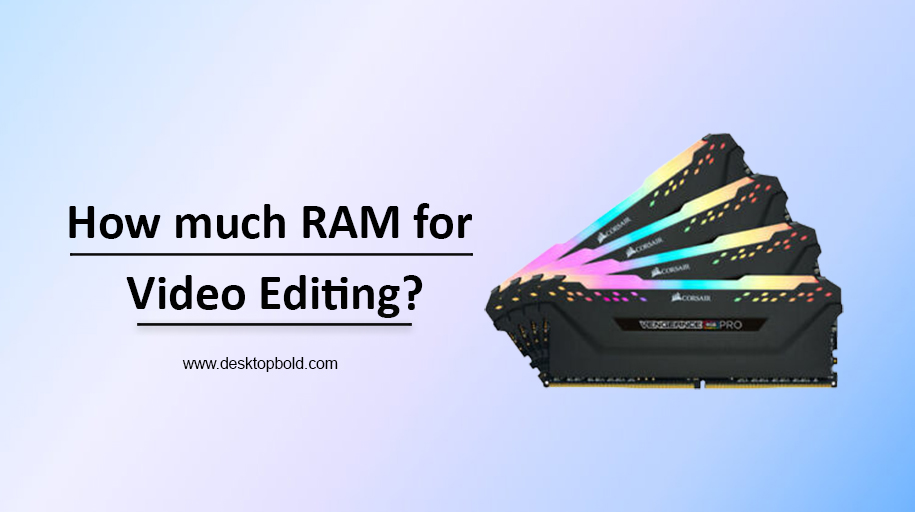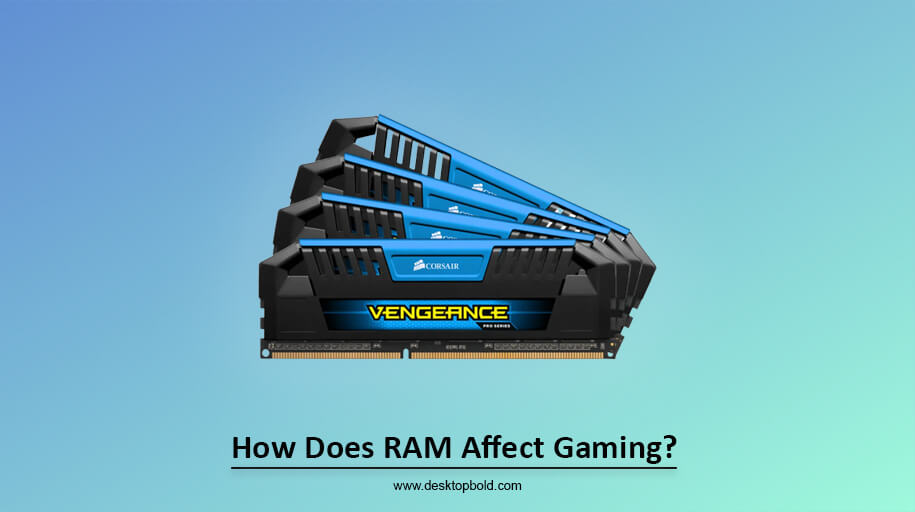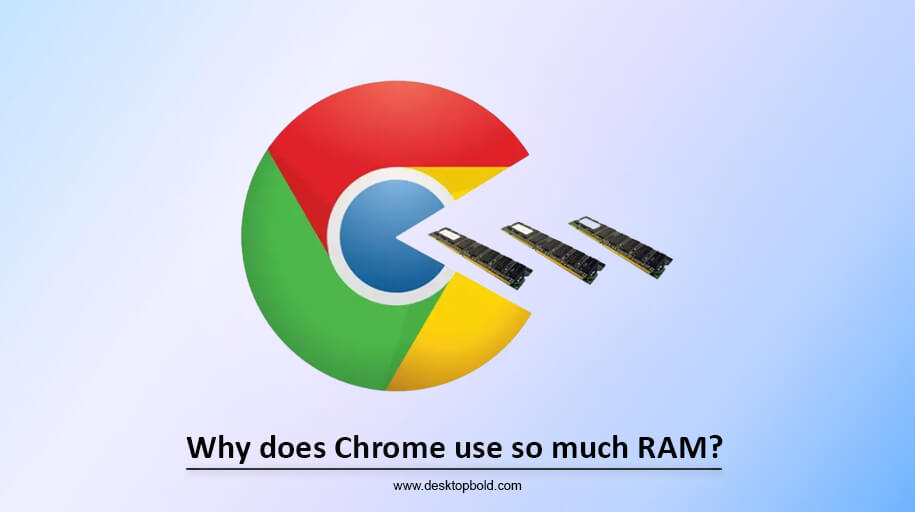Are you the one who loves to do video editing? If YES, then you must know how vital memory or storage for video editing is. Memory is one of the essential features a video editor looks for while purchasing a new system or replacing it with a new one.
To experience smooth and efficient video editing, your computer must have good specs and great RAM (Random Access Memory). RAM plays an essential role in video editing software. Your RAM selection depends on which video editing software you will use on the system. If you will use high-tech video editing software, ensure that your RAM is enough for the app or software.
Suppose you are an enthusiastic video editor and want to enjoy smooth editing and preview experience. In that case, you must need professional RAM, a good graphics card, and a multicore processor. As a professional video editor, you must know the worth of good RAM because you want perfection in your work and don’t want to get irritated at every step of the editing operation. To learn about RAM, let’s discuss today how much RAM is for video editing.
The working of RAM:
RAM (Random Access Memory) is the computer’s short-term or temporary memory. It helps you access multiple programs at once without delay or loading and with efficiency. The RAM operates to assist in editing documents, videos, and emails. Your workload or the type of software you use will determine how much RAM you require. In the case of video editing, the RAM plays a vital role in work efficiency.
Significance of RAM in Video Editing:
RAM is the computer’s memory, and for the smooth running of the video editing software, enough RAM is required. The popular Windows 10 uses 3GB of RAM by default with no other apps running; if you use or run some apps, then the 3 GB will translate into 4 GB. For Pro video editing programs, you need a minimum of 5GB of RAM, and if you go for a 1080p video project, 1 GB is added to reach 6GB of RAM.
With excellent RAM, your video editing software will work more efficiently and smoothly, helping you edit without irritation. So that’s why RAM is considered the essential component in video editing.
Different RAM sizes for Video Editing:
8 GB RAM
The minimum or lowest RAM for video editing programs is 8GB. Your system should have at least 8 GB of RAM for running video editing software. As you open a video editing program, the 8GB RAM will be used immediately, so to run the video editing program smoothly; you need to close the other apps running. This 8 GB RAM is enough if you are editing video for small projects and working on a resolution of less than 1080p or using a resolution of 720p. Don’t forget this GB is a minor requirement of the video editing program that doesn’t use high resolution.
16 GB RAM
When you have moved from the beginner’s stage of editing video and need to work on some advanced programs, then 16GB RAM is a must. 16 GB RAM is suitable for video editing in a better or more advanced way. If you try to take work of higher GB RAM from lower GB RAM, then it is a must that your system will hassle, and sometimes it will crash, resulting in loss of all your data and progress in a video editing program. When you have moved from the beginner’s stage and want to grab more significant video editing projects, 16 GB will work better for you, and you will be safe from a lot of hassle.
With 16 GB, you can edit videos of 1080p resolution without fear of lagging by the computer. The 16GB also helps you to edit 4k video but with limitations like you are not allowed to use high-end effects on video.
32 GB RAM
The optimal or best RAM a computer has is 32 GB RAM. You can edit videos without any trouble of the system crashing or freezing. This much RAM is good enough to handle any disturbance, so you can work smoothly without worrying about slowing down the computer’s speed. The specialty this 32GB RAM possesses is that you can multitask; you can also use other applications while using video editing software.
Now you must be worried about how much RAM is needed for 4k video editing; your answer is 32 GB RAM best enough for 4k footage as multiple effects are used. Even when you multitask on a computer with 32 GB RAM, it will not slow down in the speed of working or operating video editing software. Although computers with 32 GB RAM are a bit expensive, your investment will not be wasted; the performance will show how worthy it is. In other words, you will be happy buying a 32GB RAM computer for video editing.
64 GB RAM
If you are working on high-end professional projects of video editing, then you can move on to 64 GB RAM. But it is recommended for every video editor; it is mainly used for 4k footage, which uses significant effects, and 8k footage high enough for video editing. It is the most increased RAM you can use for video editing as no additional RAM is required. If you move to 64 GB RAM, you will be okay with upgrading your RAM for a few years. 64 GB RAM is also expensive, but one should only buy it when you most need it. Otherwise, 32 GB is best for video editing.
Conclusion:
So, it was all about how much RAM was for Video Editing. The minimum for video editing is 8 GB, but this will be good for beginners and those using lower resolutions. The best RAM for video editing is 32 GB, but if your project of editing video requires more efficiency, then you can go for 64 GB. In 8GB and 16 GB, your video editing will have limits, but in 32GB, you can edit videos with no limits and with professional tools. 32 GB RAM will help you experience the smooth running of video editing programs and other applications.




